Latin name, Inonotus obliquus
Kreftkjuke in Norwegian- translation: “Cancer Polypore”
Known in Siberia as, “Gift from God”
Japan calls it, “Diamond of the Forest,”
Even China has referred to it as “The King of Plants.”
This dense birch dwelling mushroom has been given many different names, but more importantly, has gotten the repertoire to earn them. Chaga is an amazing and capable herb that we have been blessed to have access to.
Element Superfoods provides a concentrated hot-water extract of the sclerotium of wild Siberian Chaga, at no less than 30% polysaccharide content.
- Nutrient dense in B Vitamins, flavonoids, enzymes, minerals, and phenols
- Powerful antioxidant, antibacterial, and antiproliferative
- Renowned and tenacious adaptogen
- Regarded tonic for longevity and anti-aging
- Immune-boosting
- Protective of lymphocytes against oxidative damage
- Geno-protective through resistance to free radicals
- Naturally occurring betulin and betulinic acid
- Naturally occurring vanillin, giving it a nice flavor with vanilla undertones
The nutrient makeup of Chaga is rather impressive. Its lineup exceeds many of those in a similar class for the reason that it feeds on the actual living tree, as opposed to the ground. Trees, both individual specimens and colonies, have impressive “roots” in longevity. Some colonies of trees have manifested their beginnings over 200,000 years ago, while there are even individual trees that date back to almost 3,000 years ago. Needless to say, trees have managed longevity through using the nutrients from the Earth. The unfortunate fact in this circumstance is that we can’t eat a tree, nor can we root ourselves in the ground and mimic them (not yet anyway).
So, while birch is indigestible, and we’re still human, chaga comes to the rescue.
Chaga successfully, shall we say, “milks” the divine birch, and we can be the lucky recipients of the divine nutrition of the birch and the earth it rests on. Also, chaga grows on a living tree, as opposed to a dead tree like most mushrooms. It is a slow-growth fungus, meaning it takes 15-20 years or more to reach maturity. In those 15-20 years, chaga artfully grows into the nutrient-rich sclerotium of the mushroom, which is what Hyperion’s Chaga extract is made from. Though mycelium still does contain some of the nutrients, it has been scientifically proven that the sclerotium, or body, of chaga is more dense and fruitful.
Specifics!
Chaga, as already stated, is spawned from the birch, which is a revered “medicinal tree.” Chaga can be a vehicle for betulin, whereas the bark of the birch is not digestible for us. Betulin is anti-inflammatory and immune-modulating.
Chaga also contains one of the highest naturally-pccuring known concentrations of superoxide dismutase, or SOD. SOD is a naturally occurring enzyme in our bodies that helps to protect us from free radicals and, ironically, the damaging effects of oxygen. Though we need oxygen to live, one type of oxygen called singlet oxygen is one of the leading causes of aging and disease in the body. SOD’s main function is to inhibit oxidation of this type and protect your body from toxicity. SOD is naturally found in our skin and is responsible for skin-cell rebuilding, helping also to rejuvenate our skin and protect it from aging. SOD also helps to carry nitrous oxide to hair follicles, aiding in the prevention of premature hair loss or thinning. This particular enzyme is typically found in darker green vegetables, they however do not even come close to the active SOD units per gram in chaga, nor is it as digestible in alternative forms.
Rich in various B vitamins, flavonoids, minerals and enzymes, chaga is an inexhaustible nutritional powerhouse. It is one of the world’s densest sources of pantothenic acid, and also rich in minerals such as magnesium, calcium, potassium and zinc. Chaga contains a rich content of phenolic compounds specific to itself that help to protect all tissues, skin in particular, harboring pigments such as melanin that has been shown to help skin become more radiant and regain color.
With naturally occurring vanillin, chaga has a unique taste profile with surprisingly pleasing undertones of vanilla flavor. This makes it more palatable than most medicinal mushrooms.
Chaga has been one of the Eastern Hemisphere’s best-kept secrets, being avidly utilized for its anti-aging benefits. This magical herb was introduced to the rest of the world by Nobel Prize-Winning Russian author, Aleksandr Solzhenitsyn, mentioned in his semi-autobiographical novel, Cancer Ward in which he speaks of the healing properties of both gathering chaga and drinking chaga tea.
Before our discovery of chaga, its usage dates back to the earliest days of Chinese folk medicine, used to revitalize chi, promote longevity, help to fight virus and bacteria and boost the immune system. 12th century Russian ruler, Tsar Vladimir Monamakh, was used chaga in his treatment for his lip cancer.
This is but a brief look inside of the many beneficial factors of chaga. It is undeniably at the forefront of the medicinal mushroom army.
Studies:
1. Antibacterial, Anti-oxident, and Anti-proliferative Evidence:
http://www.ncbi.nlm.nih.gov/pubmed/24380885
2. MSW, MPH Faass, Nancy. Price-Pottenger, Journal of Health and Healing. Volume 35. No. 4. “The Healing Powers of Chaga.” Winter 2011-2012. Pages 6-11.
3. Lymphocyte protection against oxidative damage:
http://www.ncbi.nlm.nih.gov/pubmed/15630179
4. Immune-balancing/disease resistance:
http://www.ncbi.nlm.nih.gov/pubmed/22484608
5. Differences between mycelia and scloterium:
http://www.ncbi.nlm.nih.gov/pubmed/12436306
6. Betulinic Acid as anti-inflammatory and immunomodulant:
http://www.ncbi.nlm.nih.gov/pubmed/22934748
7. Antimutagenic properties:
http://www.ncbi.nlm.nih.gov/pubmed/18992843
8. Chemical constituents and melanin:
http://www.ncbi.nlm.nih.gov/pubmed/20532760
9. Polysaccharides and immune/anti-inflammatory function:
http://www.ncbi.nlm.nih.gov/pubmed/24705413
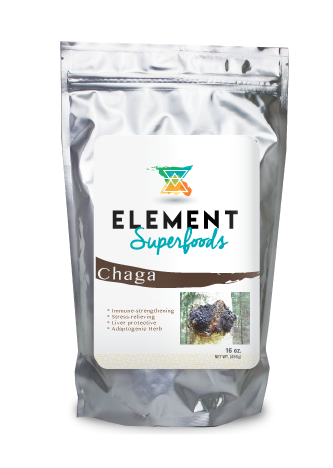
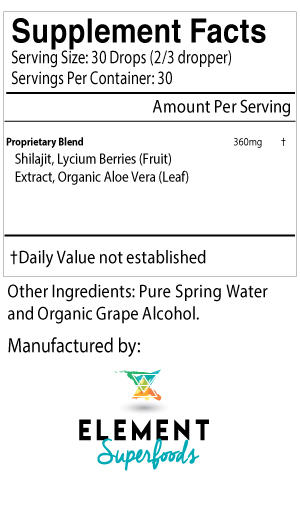

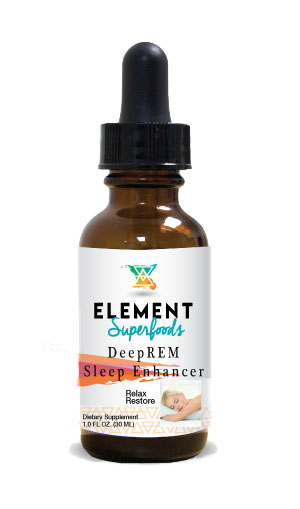
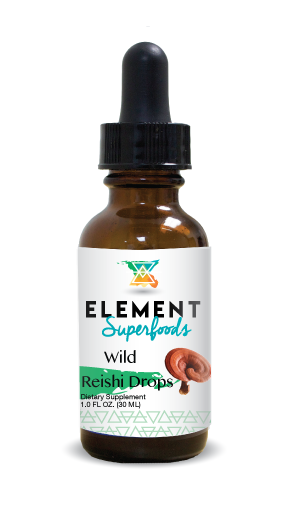
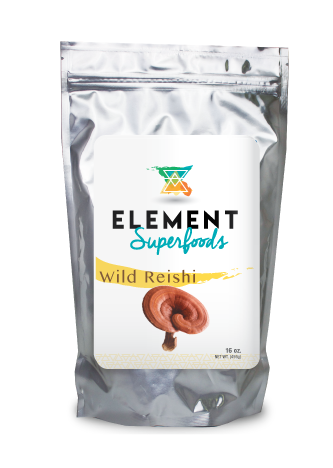

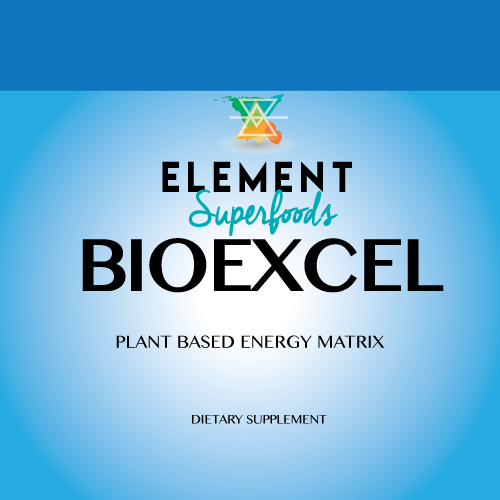
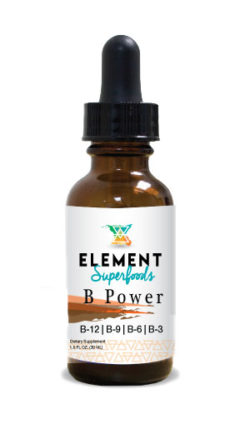
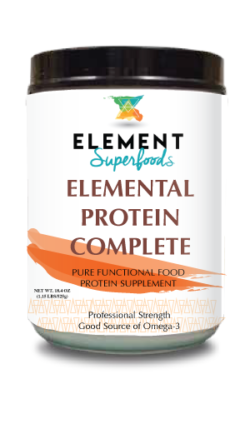
Reviews
There are no reviews yet.